
We believe that continuously learning and exploring is the only way to navigate this life. And it applies to everyone – regardless of age. Yet once people hit retirement age, and perhaps have the most time they’ve had in decades to engage in hobbies, this is the precise moment most stop challenging themselves to learn new things. We think it’s time that changed.
Great hobbies for older adults engage the mind, foster creativity, and build connections with friends and family. Common examples include gardening, cooking, photography, and writing. Yet there are many uncommon ideas that older adults would love, such as herbalism, home brewing, genealogy, etc.
You can find standard ideas anywhere – and those have their merit. But we want to challenge you to seek something new and go beyond the common concept of hobbies. This is why we’ve built this custom list of 12 hobbies for older adults. We’ll list out each of the ideas, the benefits of each, and how to get started today. Let’s begin.
GOODBYE BOREDOM: 12 UNCOMMON HOBBIES FOR OLDER ADULTS
Ready to explore the unknown? Are you prepared to do the unthinkable and perhaps walk into slight discomfort? If yes, then you’re ready to explore our 12 hobbies you’ve most certainly never tried, but will absolutely keep you engaged.
1. Explore Meditation and Mindfulness Practices
Meditation and mindfulness are two practices that involve focusing the mind on the present moment and developing one’s inner awareness. Both of these activities engage your mind and can provide many physical, mental, and emotional health benefits.
Meditation is a great way to reduce stress and anxiety, as well as improve sleep quality, while mindfulness can help foster greater self-awareness and better connections with others.
HOW TO GET STARTED WITH MEDITATION AND MINDFULNESS
To get started with meditation and mindfulness practice, consider joining an online class or virtual group specifically tailored for older adults. Apps such as BetterSleep, Calm, and Headspace offer sessions ranging from beginners to experts.
If you want to go tactile, there are plenty of books available offering instruction on how to meditate properly.
Finally, there are many guided meditations available on YouTube that focus on topics like relaxation or allowing peace into your life.
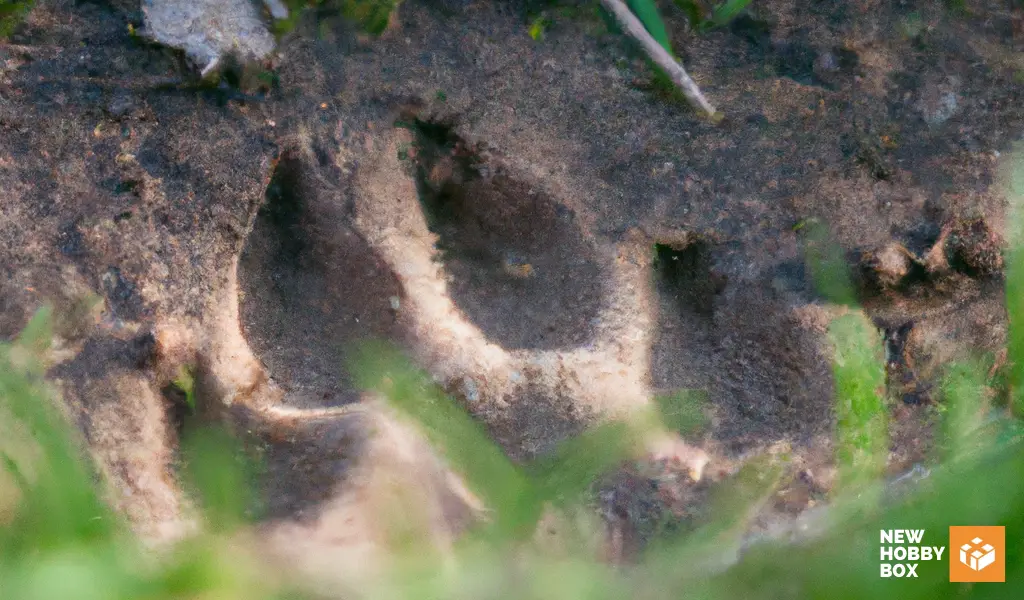
2. Animal Tracking: Learn Your Local Wildlife
Animal tracking, also known as wildlife tracking, is just what it sounds like. And odds are pretty high that you’ve never tried this out, but you’ve most certainly seen movies that take place way back in time, where tracking animals was essential to the plot line.
Unexpected, sure, but this can be a rewarding way to explore and get to know the animal species in your area. Plus, it offers several physical and mental health benefits. Being in nature provides calming effects while observing and identifying animals helps sharpen memory, concentration, and focus. It’s a bit like solving a puzzle, and a cool skill to know.
HOW TO GET STARTED WITH ANIMAL TRACKING
To begin learning about local wildlife, start by researching the types of animals commonly found in your area and then look for patterns in their behavior. Amazon is filled with great field guides for this. Of course, if you want to go digital with this hobby, there’s an app for that. In fact, there are hundreds – start with iNaturalist though. It’s lauded as the best since you can take photos of prints, markings, and animals and share them with others on the app. They can help you figure out what it was or just send high fives your way.
Also, consider joining a wildlife tracking group or class near you – they often offer workshops on birding, butterfly watching, and other outdoor activities. It’s a great way to meet people in person too.
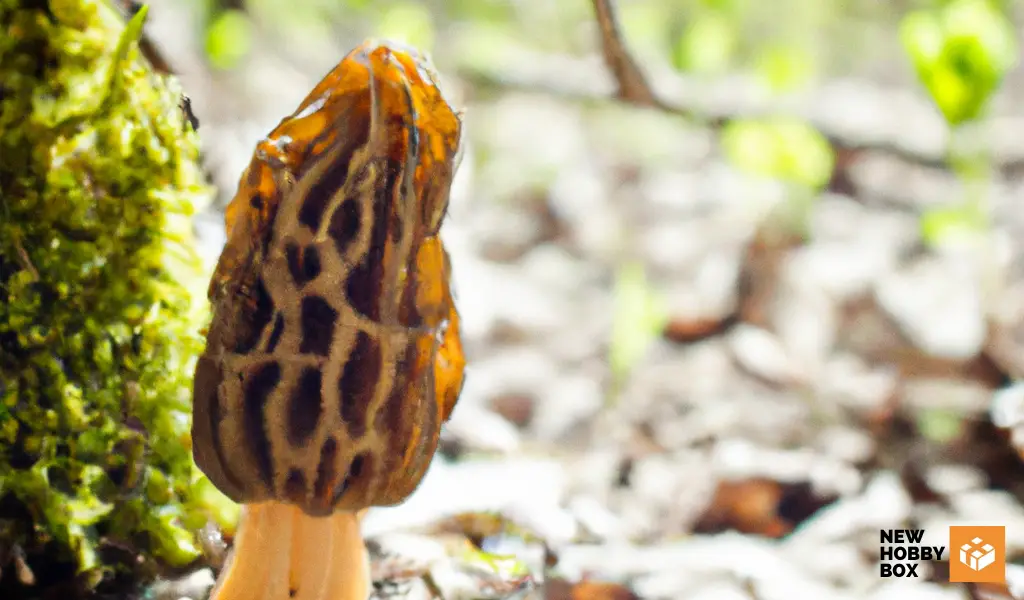
3. Foraging for Wild Edibles: Get to Know Nature Better
Foraging for wild edibles is a great way to explore nature and get to know your local environment better. It involves the search or collection of edible plants, fungi, and other foods found in the wild – an adventure that older adults can benefit from both physically and mentally. It’s a blast – seriously. It’s even ranked #3 on the New Hobby Box list of hobbies that get you physically moving – we love it.
Not only will foraging give you a sense of satisfaction when you’re able to identify edible plants, but by collecting them yourself, you’ll also learn valuable knowledge about local wildlife and have access to fresh, seasonal ingredients. If you haven’t eaten a morel mushroom that you’ve foraged yourself, trust us, you haven’t had a morel. Plus, being outdoors can improve your mood and overall well-being.
HOW TO GET STARTED WITH FORAGING
If you’re ready to start foraging, here are some ideas for getting started:
- Learn the basics – brush up on what types of wild edibles are common in your area and which ones are safe to collect. Some things look nearly identical to the untrained eye – like a false morel vs. a morel. One is delicious, the other will make you extremely sick. If hunting for mushrooms sounds fun, check this book out first before you head out on your foraging adventure.
- Find a guide or class – their expertise will help you identify certain plants as well as teach you useful tips on where and how to forage for them safely
- Follow established rules – familiarize yourself with any park regulations or laws in place regarding collecting food from the wild.
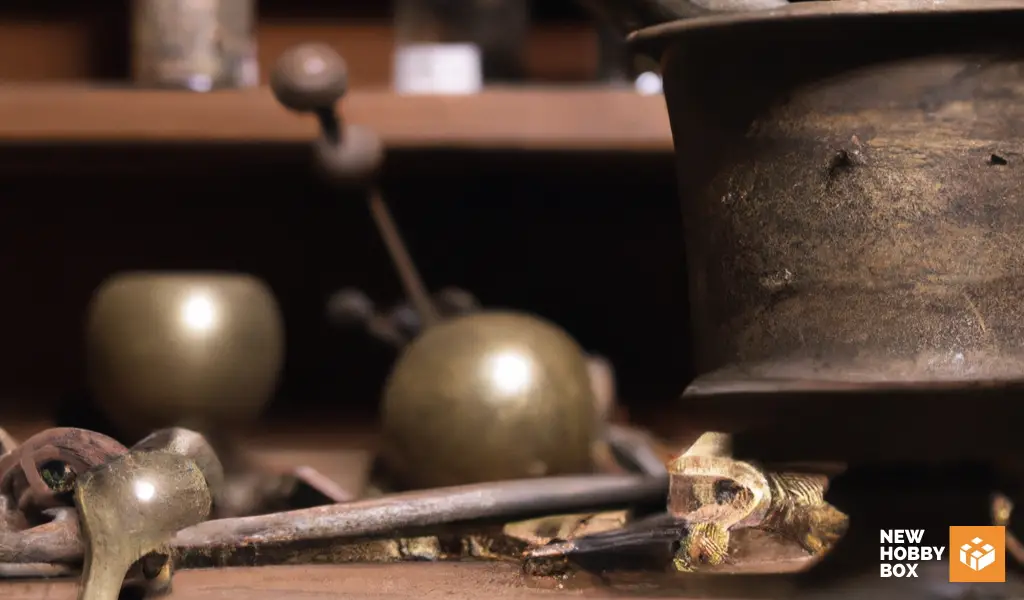
4. Herbalism: Exploring Medicinal Properties of Herbs and Plants
Herbalism is a traditional form of natural healing that involves the use of plants and herbs to improve health and well-being. By understanding herbal remedies and their medicinal properties, you’ll gain valuable knowledge about natural ways you can take health into your own hands.
From the comfort of your own home, you can explore the various ways to identify and use herbs for therapeutic benefits. By learning herbalism, you’ll also be able to create holistic medicines from your garden’s bounty, or even just from store-bought ingredients!
Whether you’re looking to boost immunity, manage stress or ease ailments – herbalism is worth exploring.
HOW TO GET STARTED WITH HERBALISM
If you’re ready to start this journey with plants and herbs, here are some ideas for getting started:
- Learn the basics – research the different types of medicinal plants used in traditional medicine
- Join an online class – join an introductory course on basic herbalism which covers topics such as identifying common herbs, dosages, and safety
- Play around with recipes – experiment with creating your own teas, salves, or facial masks using what you have in your pantry! Or a quick stop at the grocery store is all you may need.

5. Stargazing: Creating Awe-Inspiring Experiences
When thinking about exploring nature, it’s only natural to look ahead or down at the ground beneath your feet. But what about all that wonder above you? Stargazing is a great way to look up at the night sky, observe the stars and ask the bigger questions.
There’s a sense of peace of mind and inspiration when you look toward the sky – not only will it allow you to connect with nature, but looking out into the stars can help you make sense of life’s complexities.
HOW TO GET STARTED WITH STARGAZING
You don’t need fancy telescopes or astronomy knowledge to start exploring the night sky. All you need is a little bit of patience and curiosity! By stargazing, you’ll gain access to amazing views of shooting stars, comets, planets, and even galaxies from the comfort of your own backyard.
If you’re ready for your celestial journey, here are some ideas for getting started:
- Learn about constellations – familiarize yourself with common star patterns in the night sky.
- Find a map – use a star chart or stargazing app such as Sky Guide to locate different celestial objects.
- Join a local group – check if any local astronomy clubs near you offer public events or stargazing sessions where experts can help guide you. This is a great way to enjoy the experience quicker, and also meet some new people.
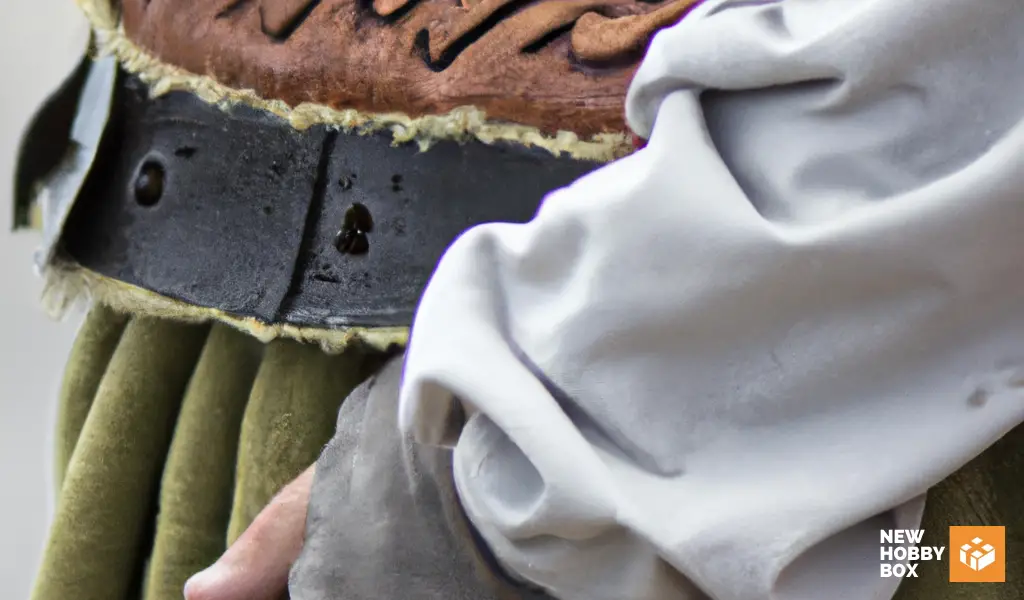
6. Joining Historical Reenactments: Bringing History to Life
If you’re a history buff or someone who loves their local community, joining historical reenactments is an exciting way to connect with the past and bring history to life. This can be a great way to get out of your comfort zone and explore different eras in time.
Whether it’s medieval Europe, 18th-century America, or Ancient Egypt– you’ll be able to experience first-hand what it was like living in those times. Not only will it help you learn more about the world around us, but it can also serve as an opportunity to make new friends and sharpen your acting skills!
HOW TO GET STARTED WITH HISTORICAL REENACTMENTS
If you’re ready to embark on this journey back in time, here are some ideas for getting started:
- Research period-specific costumes – research what outfits were used during different periods of history.
- Explore reenactment groups – find a local organization that hosts historical reenactments and make sure their events are suitable for you. Maybe go observe their reenactments before you join the club.
- Learn the ropes – familiarize yourself with the basics of historical reenactment such as etiquette, culture, and language.
7. Joining a Language Exchange
Joining a language exchange is perfect for those who are looking to become conversational in a foreign language. Whether you’re 3 or 103, learning something new is a worthwhile experience. So don’t be intimidated by the thought of learning a new language – because a language exchange will help you meet a new friend to encourage you along, and vice versa.
Whether you’re an avid traveler or just eager to learn more, this is an excellent opportunity to practice speaking and widen your knowledge of different cultures. This will stimulate your mind, expand your horizons, and make new friends along the way!
SO WHAT IS A LANGUAGE EXCHANGE EXACTLY?
A language exchange is an informal meeting between two or more people who wish to learn each other’s native languages. Participants have conversations on various topics that are determined beforehand, helping one another gain fluency in their respective tongues through mutual practice and teaching.
HOW TO GET STARTED WITH LANGUAGE EXCHANGE
If you’re curious about joining a language exchange, here are some ideas for getting started:
- Find programs – search for local language exchanges or international websites such as Conversation Exchange
- Decide a meeting place – either meet up at someone’s house or arrange an online chat session using video conferencing software
- Set up conversation topics – create conversation points that cover different aspects of the language such as grammar, vocabulary, and culture
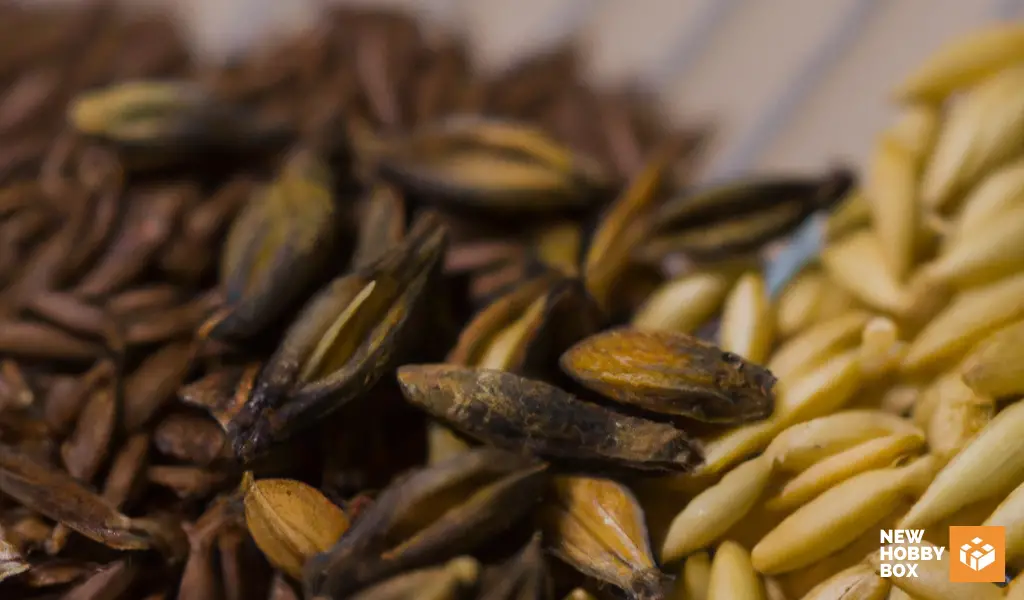
8. Home Brewing Beer or Wine
Home brewing beer or wine is an enjoyable activity for anyone who loves to experiment in the kitchen and have a good time – and liking your drinks certainly won’t hurt. Those with a creative streak, a passion for craft beer or wine, and an interest in learning new skills are sure to find this hobby satisfying. Hone your skills in recipes, get creative, make some friends, and enjoy a nice adult beverage. Where do we sign up?
Making beer or wine at home involves fermenting wort (a mixture of sugars) with yeast to produce alcohol. Depending on the difficulty level of the chosen recipe, you can decide how involved in the process you’d like to be– from simply adding ingredients to your fermentation kit, all the way to refining your mixture in stages. It’s also possible to create different flavors by experimenting with various hops, fruits, or spices! You’ll learn all about that if you decide to give this hobby a whirl.
HOW TO GET STARTED WITH HOME BREWING
If you’re eager to explore the world of home brewing, here are some ideas for getting started:
- Learn about the basics – familiarize yourself with terms such as mashing and sparging before diving into brewing – either grab a book, head to any number of online forums around home brewing or find a local shop and go in and ask questions. The only thing home brewers love more than making their drinks is talking about it. So don’t be shy!
- Gather supplies – make sure you have all the necessary equipment such as carboys and airlocks.
- Start small – opt for simple recipes that don’t require vast amounts of time. Your first few batches won’t taste the best – trust us.
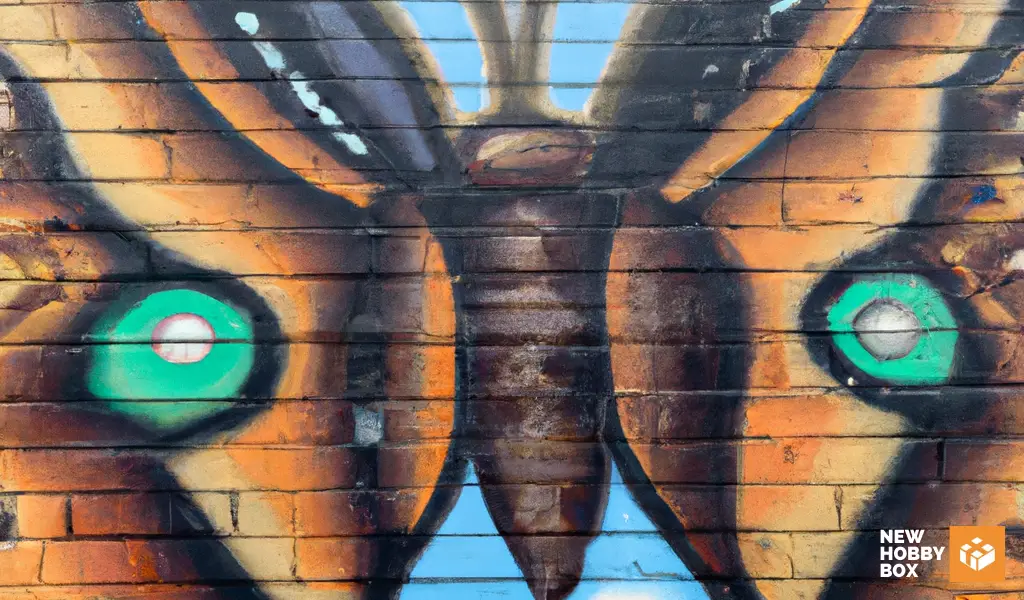
9. Painting Community Murals
Like art? How about your neighborhood? If you answered yes to both questions, then community murals are the perfect activity for you. From aspiring artists to experienced creatives, this is an opportunity to bring color and life to your local area! Stimulate your mind and body as you work together with peers to create something special that can be enjoyed by all.
So what exactly are community murals? In essence, they are temporary art pieces created on public spaces – walls, sidewalks, and more – using paint or other materials. Teams of volunteers will often come together to execute these lasting works of art that often serve as a source of pride for the community.
HOW TO GET STARTED WITH COMMUNITY ART AND MURALS
If you’re interested in joining a mural project, you might be surprised by how many projects take place at any given time in your community. Here are some ideas on how to find them:
- Research existing projects – look online for nearby initiatives or get in touch with organizations that specialize in this type of art.
- Formulate a plan – decide which colors and patterns you’d like to use before starting the project.
- Organize your team – find others who share your enthusiasm for creating beautiful public works of art.
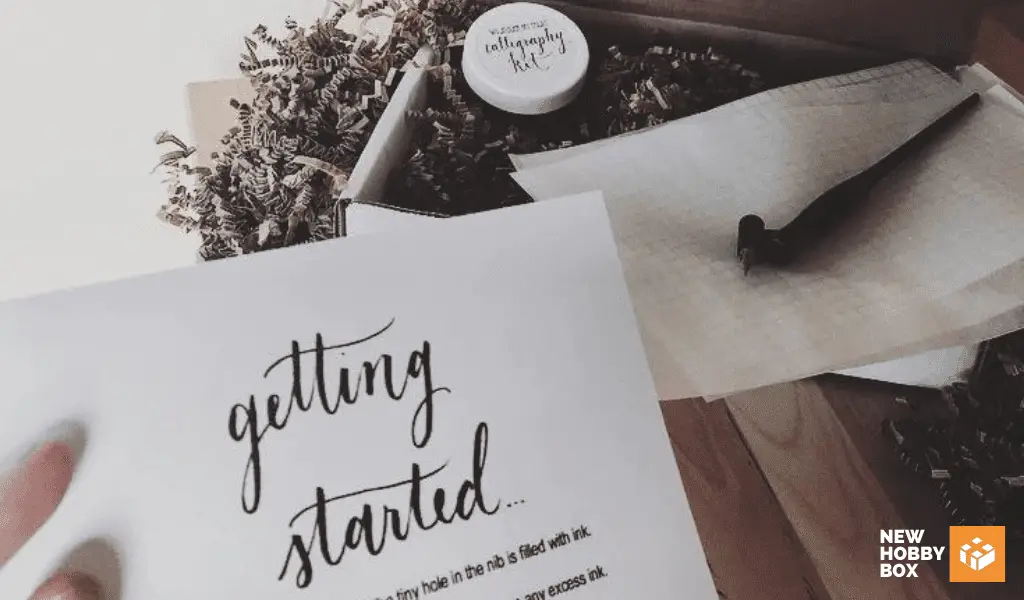
10. Writing Art with Calligraphy: Producing One-of-a-Kind Artwork
If you’ve ever been on this site before, there’s a high chance you already know our love of calligraphy.
From calligraphy tutorials to calligraphy buyers’ guides and recommendations – it’s a big part of our hobby life, and we write about it so much because it tickles our hobby itch. We love it for the same reason you may – it’s a great hobby for anyone who loves to express themselves through writing.
Whether you’re an aspiring professional or simply looking for a creative outlet, calligraphy presents an opportunity to get your thoughts and ideas down on paper in a beautiful, one-of-a-kind way. For older adults, this type of artwork can be especially beneficial as it helps keep the brain sharp while providing an artistic release.
You certainly have heard of calligraphy and most likely have an image of it in mind – but do you know the true meaning of calligraphy? The word calligraphy comes from the Greeks, where “kallos” means “beautiful” and “graphein” means “to write” – in other words, calligraphy translates to “beautiful writing.”
Translations aside, more practically, calligraphy is the art of creating long, curving letters and symbols with pen or brush strokes. It’s an interesting classification that falls somewhere between art and critical communication, but technically it is classified as art. The perfect balance of beauty and usefulness.
Depending on how much time and effort you want to put into your work, you can form decorative words or phrases using bolder lines and deeper colors. Whether you’re studying traditional lettering styles or designing something of your own– the possibilities are endless!
HOW TO GET STARTED WITH CALLIGRAPHY
If you’re interested in trying your hand at calligraphy, check out our guide to writing the 8 foundational strokes of calligraphy. Some other ideas to start with include:
- Start simple – choose one style to focus on such as gothic or Roman script.
- Pick up supplies – purchase nib pens and practice paper that is suited for this type of writing. Psst… read our buyer’s guide first if you decide to go this route. We don’t want you to waste your money on cheap calligraphy products that will frustrate you.
- Experiment – try combining different forms of lettering to create unique pieces of art.
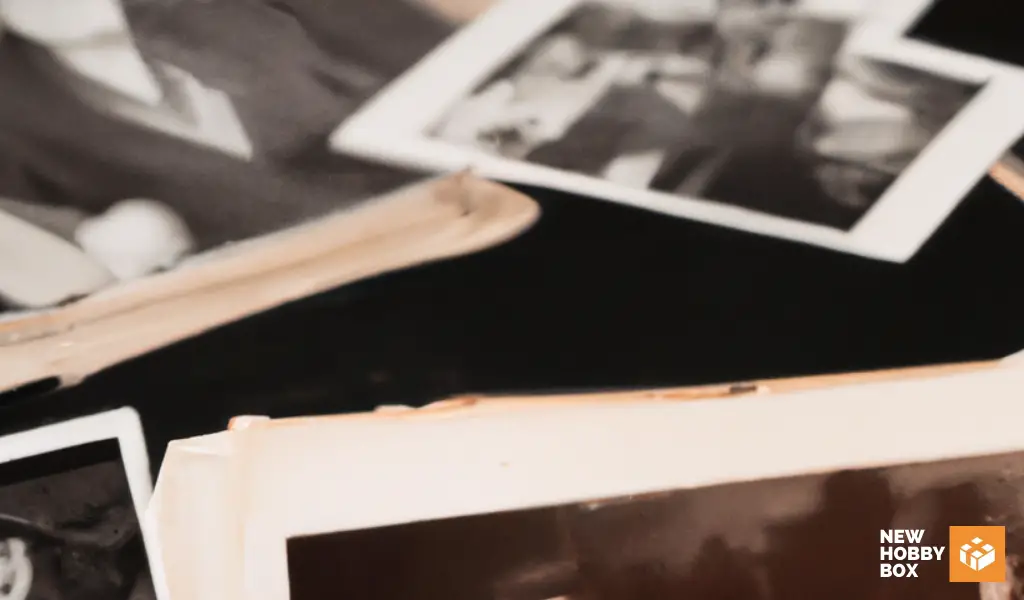
11. Digital Scrapbooking: Preserving and Sharing Memories
Physical scrapbooking is special and has an important place in keeping family heritage alive. We hope it continues to be practiced by families everywhere. Our hope is also that more families take part in digital scrapbooking as well.
Where family and friends near and far can reminisce, laugh, cry, and build stronger bonds over memories no matter where they are at a given time. Whether you’re a tech-savvy teen or an experienced grandparent, this type of creative pastime offers an enjoyable way to document your life experiences in an interactive and lasting way.
SO, WHAT IS DIGITAL SCRAPBOOKING?
In essence, it is the practice of digitally curating photos and other memorabilia into visually appealing albums which can then be shared with family and friends. You can use a variety of online tools to organize images, videos, and audio clips into unique storyboards that capture special moments from holidays, birthdays, or other special milestones.
Facebook and other social media can technically be used in this manner, but you also have many other resources at your disposal, such as creating a blog, or even a YouTube channel. We’d love to see you create a family recipe cooking channel on YouTube as a way of preserving your heirloom recipes!
HOW TO GET STARTED WITH DIGITAL SCRAPBOOKING
If you’re interested in trying digital scrapbooking for yourself, here are some ideas for getting started:
- Choose a platform – pick an app or software that meets your needs – be it social media, a website building platform like Squarespace, or you fire up a Tumblr blog – you have a lot of options. The common layer is it needs to be accessible by others online.
- Gather materials – collect photos, video clips, and audio files to curate into albums. Think beyond the expected too – even voicemails of happy birthdays or favorite songs are great for sharing what you love.
- Create memories – add text and stickers as captions to make each page memorable. Reference your journal to add more context – if you don’t have a journal, that’s a hobby worth pursuing or doing in tandem with digital scrapbooking.
12. Uncovering Your Family History: Discovering Your Roots
A simple swab of your mouth is all it takes to uncover your genealogy. It couldn’t be easier to learn about your past – it may help you better understand your present, or even meet relatives you didn’t know you had. We believe everyone has a deep desire to better know where they come from.
This hobby entails uncovering your roots by collecting information related to your ancestors. This could involve searching through public records such as census data, birth certificates, and death notices; interviewing relatives, or utilizing online resources like ancestry websites. Through this process, you can discover more about the people who have been part of your family story.
Whether you’re a curious teen or a seasoned adult, tracing your lineage can help you gain insight into who you are. As we get older, this type of research is a great way to remember names and faces that time removed – and it makes for a great excuse to reconnect with family members both near and far.
HOW TO GET STARTED WITH FAMILY GENEALOGY
If you’re interested in learning more about your family history, here are some ideas for getting started:
- Gather documents – compile any existing records or documents related to your family tree
- Interview relatives – reach out to older relatives and ask them questions about their past
- Explore options – search online databases and archives to uncover genealogical evidence
DARE TO EXPLORE THE UNKNOWN WITH 12 UNIQUE HOBBIES
Whether you take up any of the hobbies on this list or simply keep exploring for the perfect fit, we hope you’ll continue to look beyond the standard ideas and explore something new. Everyone deserves the chance to fill days with activities that engage their minds, foster creativity, build relationships, and open new doors of exploration.
We hope our list of 12 unique hobbies for older adults has given you some ideas and helped spark your curiosity. So why not try something new and dive into a world of unknown possibilities?
